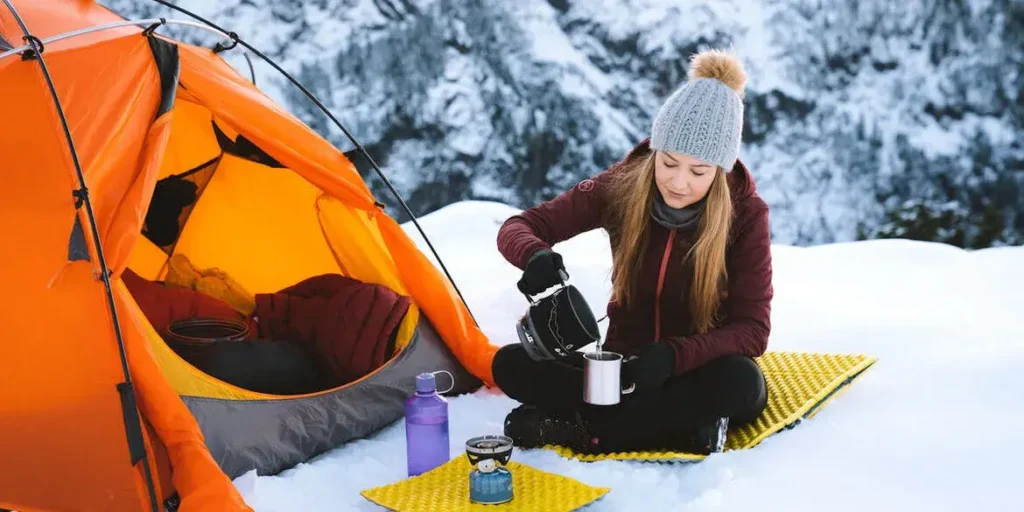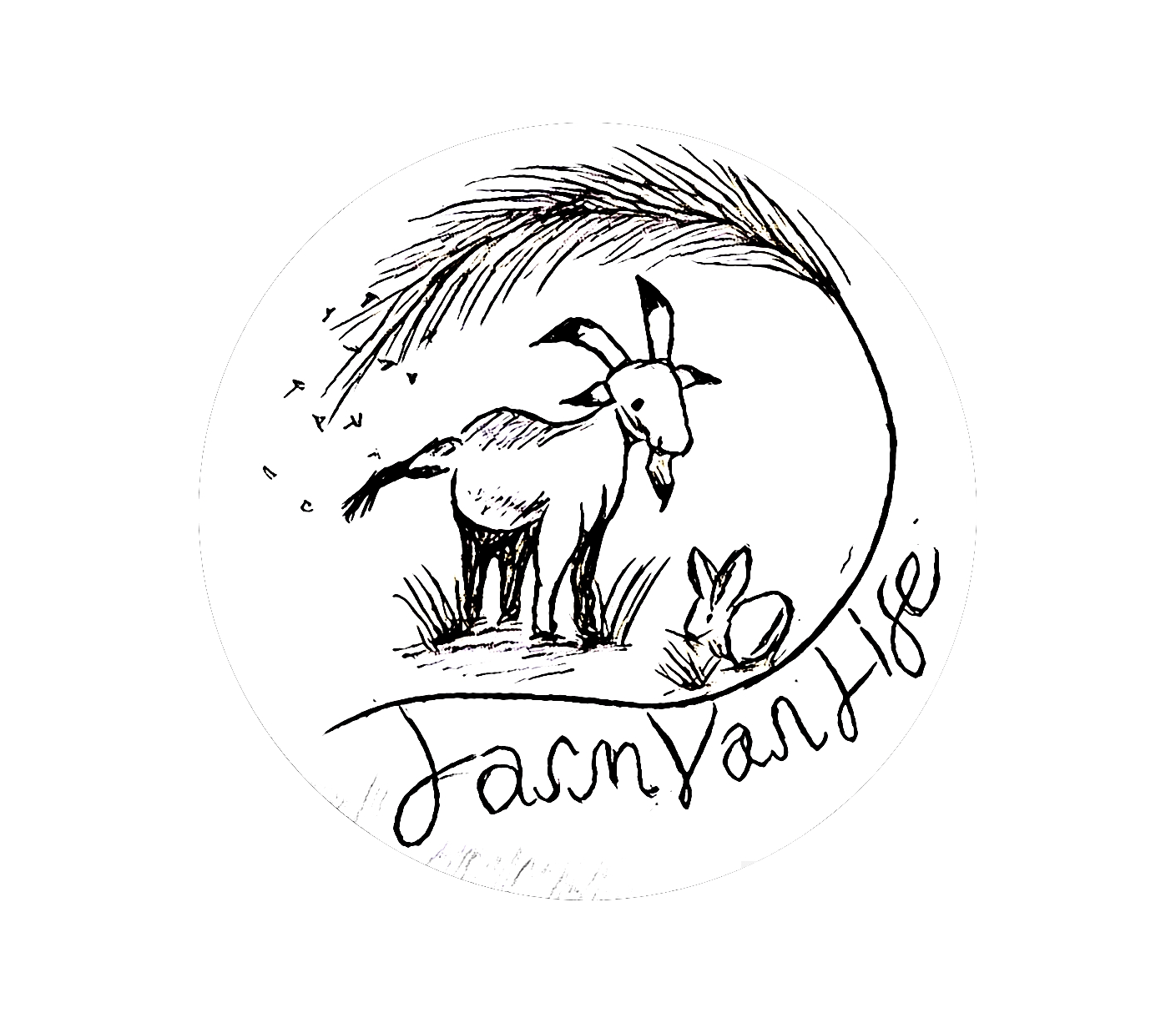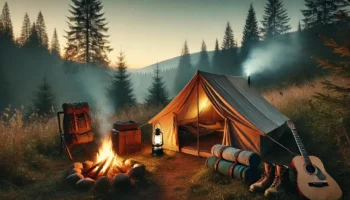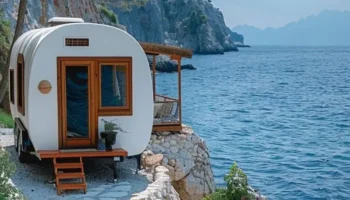Camping is a fantastic way to unplug from daily life, immerse yourself in nature, and enjoy a wide range of outdoor activities. Whether you are a seasoned adventurer or a first-time camper, preparing for a camping trip requires careful planning to ensure a smooth and enjoyable experience. From selecting the right campsite to packing essential gear and planning your meals, knowing what to do for camping can make the difference between a memorable trip and a stressful one. In this post, we will walk you through the basics, offering helpful tips and advice for all your camping needs.
One of the first steps in planning your trip is choosing the perfect location. Consider whether you would prefer a backcountry experience, where you will hike to remote areas, or a more traditional campground with amenities like bathrooms and fire pits. Once you have picked a spot, it is time to focus on gear—things like tents, sleeping bags, cooking supplies, and proper clothing are all crucial for staying comfortable and safe. And while it is important to pack for practical needs, do not forget to plan fun activities like hiking, fishing, or simply relaxing by the fire. A well-prepared camping trip allows you to enjoy the great outdoors while creating lasting memories alone or with family and friends. Then, let’s go in details!
What is camping?
Camping is an outdoor recreational activity where people temporarily live away from the comforts of their usual homes, typically in nature, using tents, recreational vehicles (RVs), or other temporary shelters. The goal of camping is to enjoy the natural environment, disconnect from everyday life, and engage in activities like hiking, fishing, stargazing, and exploring the outdoors.
Key features of camping
- Outdoor stay: Camping usually takes place in forests, mountains, beaches, or campgrounds, where people sleep outside or in tents.
- Shelter: The most common form of shelter for campers is a tent, although some use RVs, camper vans, or simply sleep under the stars.
- Self-sufficiency: Campers often bring their own supplies, including food, water, cooking equipment, and sleeping gear.
- Connection with nature: Camping allows people to immerse themselves in the natural world, enjoy fresh air, and take part in nature-related activities.
- Variety of camping styles
- Tent camping: The most traditional form, where campers set up tents for sleeping.
- Car camping: Campers drive to a designated campsite and set up near their vehicle, often with more amenities.
- Backpacking: A more rugged style, where campers hike to a remote location carrying all their gear in a backpack.
- Glamping: A luxurious form of camping that includes comforts like beds, electricity, and sometimes full kitchens, blending glamour with the outdoor experience.
- RV camping: Campers use a recreational vehicle (RV) or camper for shelter, providing more comfort while staying in nature.
Why do people camp?
- Escape from routine: It offers a break from the fast pace of modern life and technology.
- Enjoyment of nature: Camping provides a way to experience nature up close, from watching wildlife to stargazing at night.
- Physical and mental health: It is a great way to get exercise, relax, and reduce stress.
- Bonding: Many campers enjoy the experience with family and friends, creating memories together.
- Learning survival skills: Camping teaches basic survival skills such as building a fire, pitching a tent, and cooking outdoors.
Whether you are looking for adventure, relaxation, or a way to bond with loved ones, camping is a versatile activity that can be adapted to different preferences and comfort levels.

What to do for camping?
Camping can be a fantastic way to connect with nature, relax, and have fun. Here are some essential steps and tips to make your camping trip a great experience.
1. Choose a campsite
- Location: Research campsites in advance. National parks, state parks, or private campgrounds are popular options. Decide if you want a more rustic, backcountry experience or a campsite with amenities like restrooms and water access.
- Permits/Reservations: Some campgrounds require permits or reservations, so make sure to book in advance if needed.
2. Pack the right gear
- Shelter
- Tent: Choose a tent that is appropriate for the weather and size of your group.
- Ground tarp: To protect the bottom of your tent.
- Sleeping bag: Rated for the temperatures you expect.
- Sleeping pad or air mattress: For insulation and comfort.
- Clothing
- Layers: Bring layers for changing weather. Quick-drying, moisture-wicking materials are ideal.
- Rain gear: A waterproof jacket and pants.
- Sturdy shoes/boots: Comfortable for hiking or walking.
- Cooking gear
- Portable stove or campfire setup: If allowed, bring a camp stove or plan to cook over a fire.
- Fuel: Make sure you have enough.
- Cooking utensils: Pots, pans, spatula, and tongs.
- Cooler: If you are bringing perishables.
- Food: Plan meals in advance. Consider non-perishable, easy-to-prepare foods like trail mix, jerky, or freeze-dried meals.
- Water and purification: Bring enough water or have a way to purify water from a natural source.
- Lighting
- Headlamp or flashlight: Extra batteries are a good idea.
- Lanterns for around the campsite.
- Other essentials
- First aid kit: Including bandages, antiseptic, and any personal medications.
- Pocket knife or multi-tool.
- Map and compass or GPS: If hiking or in a remote area.
- Insect repellent and sunscreen.
- Trash bags: Follow Leave No Trace principles.
- Fire-starting supplies: Matches, lighter, or fire starters.
3. Plan your activities
- Hiking: Research trails in the area for different skill levels.
- Fishing: If the area allows, consider packing fishing gear.
- Wildlife watching: Binoculars are useful for bird watching or observing wildlife from a distance.
- Games and relaxation: Bring card games, a book, or other forms of light entertainment.
4. Food and meal planning
- Breakfast: Simple items like oatmeal, granola bars, or pancakes.
- Lunch: Sandwiches, wraps, or snacks you can eat on the go.
- Dinner: Grilled food, pasta, or something easy like freeze-dried meals.
- Snacks: Trail mix, jerky, dried fruit, and energy bars.
- Campfire Cooking: If allowed, roasting marshmallows and making s’mores is always fun.
5. Safety tips
- Bear-proof your site: In bear country, store food and scented items in bear-proof containers or hang them from trees.
- Fire safety: Ensure you have a way to put out fires and follow all campfire safety guidelines.
- Stay hydrated: Drink water regularly, especially during physical activities.
- Tell someone your plans: Let a friend or family member know where you’ll be and when to expect you back.
6. Leave no trace
- Pack out all trash.
- Minimize campfire impact by using established fire pits or portable stoves.
- Respect wildlife by observing from a distance and not feeding them.
- Leave natural objects as you found them.
Camping is all about preparation, enjoyment, and embracing the simplicity of nature. By carefully choosing your campsite, packing the right gear, and planning meals and activities, you can create a seamless and rewarding outdoor adventure. Whether you are seeking relaxation by the campfire or thrilling hikes in the wilderness, having a well-thought-out plan will ensure that you make the most of your trip. Remember to respect nature by following Leave No Trace principles, and most importantly, take the time to appreciate the beauty of the outdoors. With these tips in mind, you are ready for a successful and unforgettable camping experience!




